SMITHSONIAN SCIENCE EDUCATION CENTER
How To Design a Zoo Exhibit In Four Steps
Imagine you are asked to design a zoo exhibit for your local zoo. I know, this is a stretch but “bear” with me! Let’s break it down into the steps you might take if this were an engineering project. As with any engineering problem, the first thing you need to know are the requirements. Requirements are made up of criteria and constraints.
Imagine you are asked to design a zoo exhibit for your local zoo. I know, this is a stretch but "bear" with me! Let’s break it down into the steps you might take if this were an engineering project. As with any engineering problem, the first thing you need to know are the requirements. Requirements are made up of criteria and constraints.
Step 1: Understand the criteria and constraints
You need to decide how you are going to measure the success of your zoo exhibit design: the criteria. Will it be the number of visitors that stop at your exhibit or how long they stop? Do you want criteria that show visitors have learned something? Do you want to know if you motivated people to do something about conservation? Do you want a way of measuring how satisfied visitors are with their experience? No one wants to see an empty exhibit space at a zoo, so you may want to decide on a percentage of time that animals are visible as a measure of visitor satisfaction.
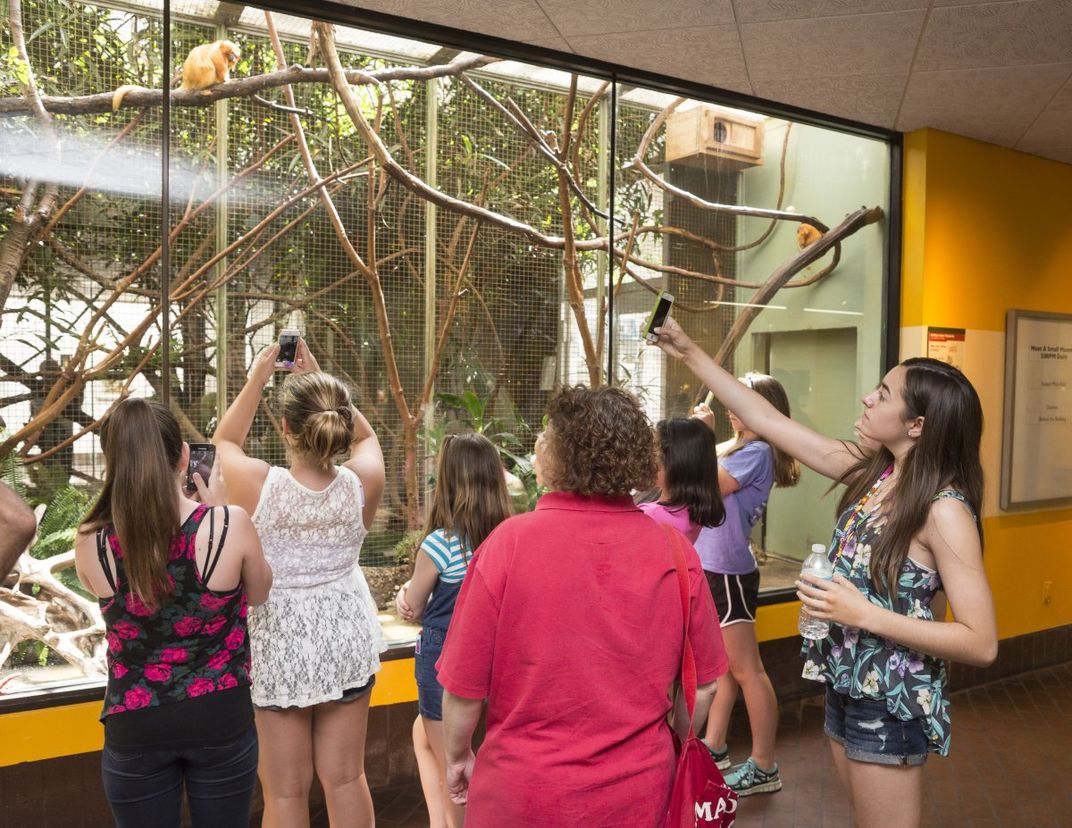
You will definitely want to make sure the animals in your exhibit are healthy and happy, but how will you measure this? Are there certain behaviors that tell you that animals are happy? Happy animals tend to breed (if there are two of them!), so perhaps this could be a requirement. Or are there behaviors that that you don’t want to see the animals displaying?
Now that you have decided on the criteria for success you will need to consider what limits you have: the constraints. The biggest one is likely to be the size of your exhibit space. Your exhibit space might be outside, so you could be constrained by the local weather. You would definitely be constrained by cost, not just of buying the animals but also of transporting and maintaining them. You may have environmental constraints such as having to use recycled materials or wood from sustainable forests for your exhibit.

Most zoos these days also have scientific constraints. A quarter of the animals at the Smithsonian National Zoological Park are endangered, so you may have a constraint of having to pick endangered species. The zoo may want you to educate people about local animals. Your exhibit may be part of a themed part of the zoo such as the Asian Trail, which will require you to choose animals from a specific region of the world.
Step 2: Choose your animals
Now you have to choose animals for your exhibit that meet the criteria within the constraints. Research has shown that people have certain preferences when it comes to seeing animals in a zoo. Large animals are more popular than small animals, although of course not all exhibit spaces will be big enough for an elephant! Attractive animals win over ”ugly” ones, but can you afford a panda? People like to see intelligent animals that are human-like in their behavior, so monkeys and apes are always popular.
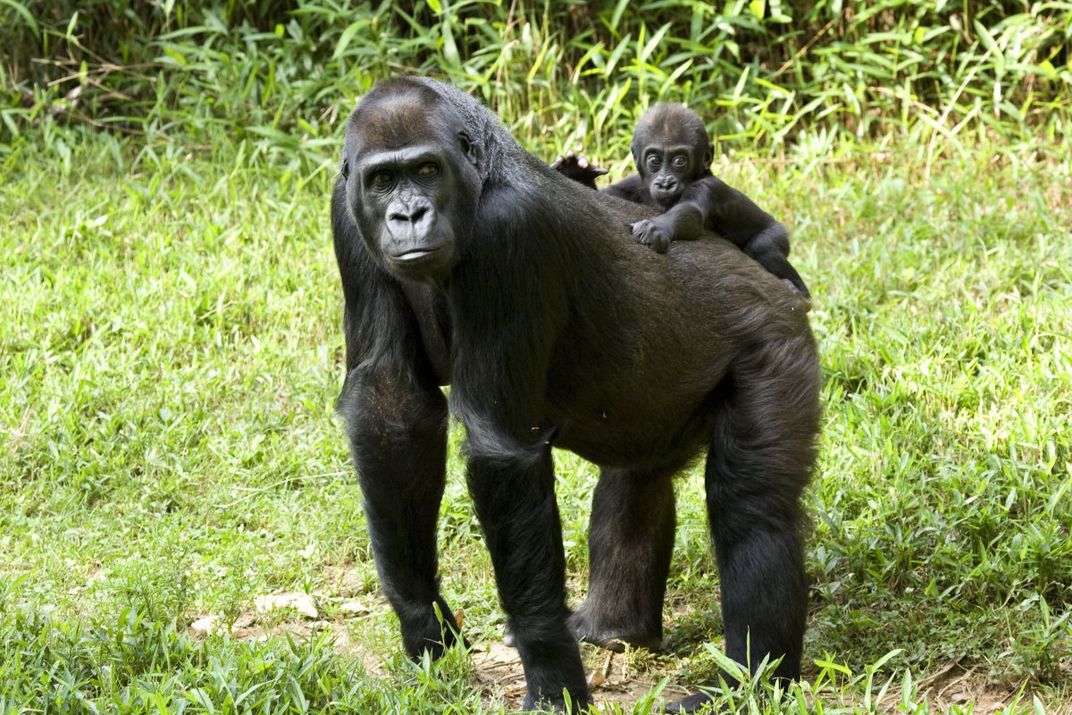
Whether an animal is diurnal (awake in the day) or nocturnal (awake at night) is a big consideration. An animal that prefers to spend all day sleeping in a burrow is unlikely to be popular with visitors! The animals for your exhibit have to be comfortable being on public view. You also will have to consider how easy it is to obtain the animals, whether their food is easily accessible, and whether the animals will be suited to the physical characteristics of the space.
Step 3: Design a natural habitat
Zoo visitors are very concerned with animal welfare and want to see healthy, happy animals. People also like to see animals in their natural habitat, so you will want to research what the vegetation looks like where your animals live. The Smithsonian National Zoological Park’s state-of-the-art giant panda habitat is designed to mimic the pandas' natural habitat of rocky, lush terrain in China. Each element has a purpose. There are rock and tree structures perfect for climbing; grottos, pools, and streams for keeping cool; and different types of trees and shrubs for shade.
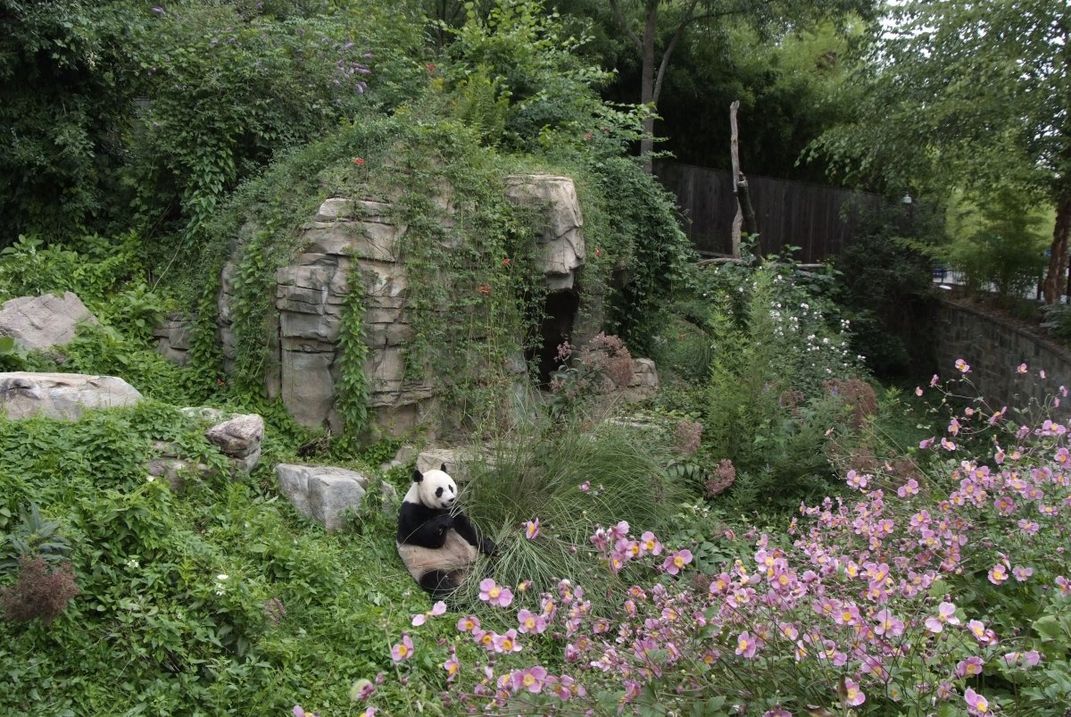
You should research not only where your animals live in the wild but also their behavior. Animals can spend a lot of time resting, so having a place where they feel comfortable relaxing or sleeping is essential. How they feed is also very important. In nature, many animals have to forage for food. This keeps them occupied and provides mental stimulation. How is the zoo habitat going to provide this stimulation? Research on zoo bears has shown that hiding food around their habitat and inside objects such as logs helps keep them stimulated.
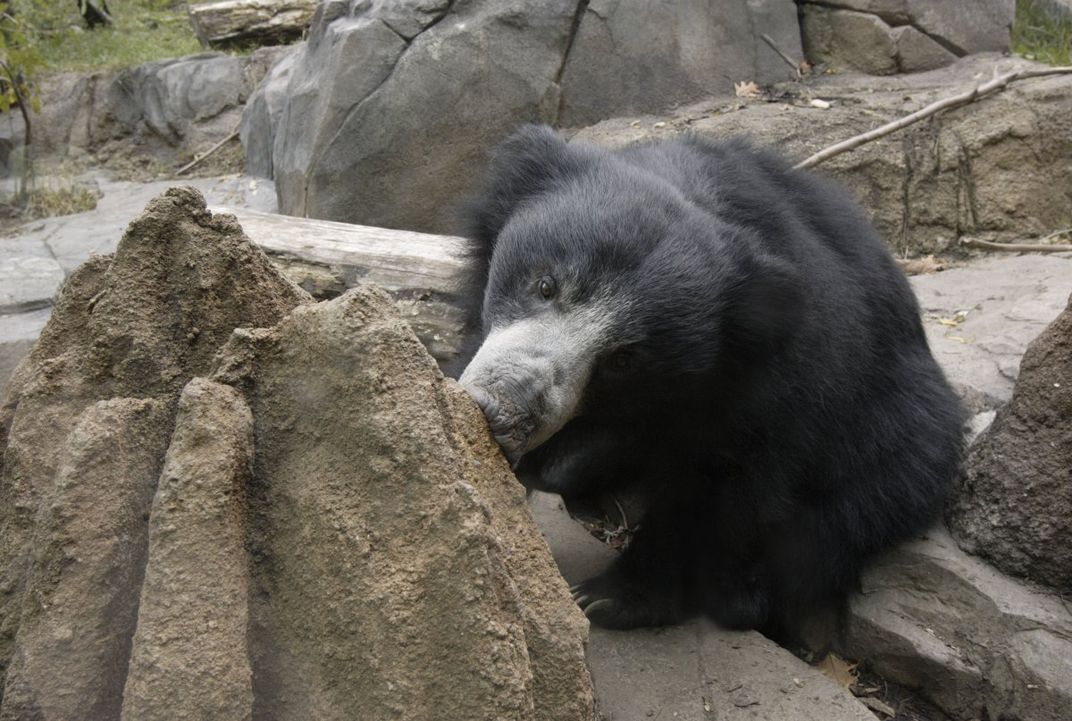
Of course you don’t want your animal to escape both for their own safety and the safety of the visitors. It is essential that you research how far animals can jump and swim as part of your habitat design. When the Smithsonian National Zoological Park first considered an exhibit for orangutans, they had a problem. The two exhibit spaces available were a long way apart. The solution? A 40-foot-high wire that went over the heads of zoo visitors! The so-called O line was tested to make sure it was too high for the orangutans to jump down from. The O line gives the orangutans freedom of movement, an expanded living area, and choice of location. Visitors do sometimes have to be careful when walking under the line though. Orangutans have been known to relieve themselves over the heads of visitors!
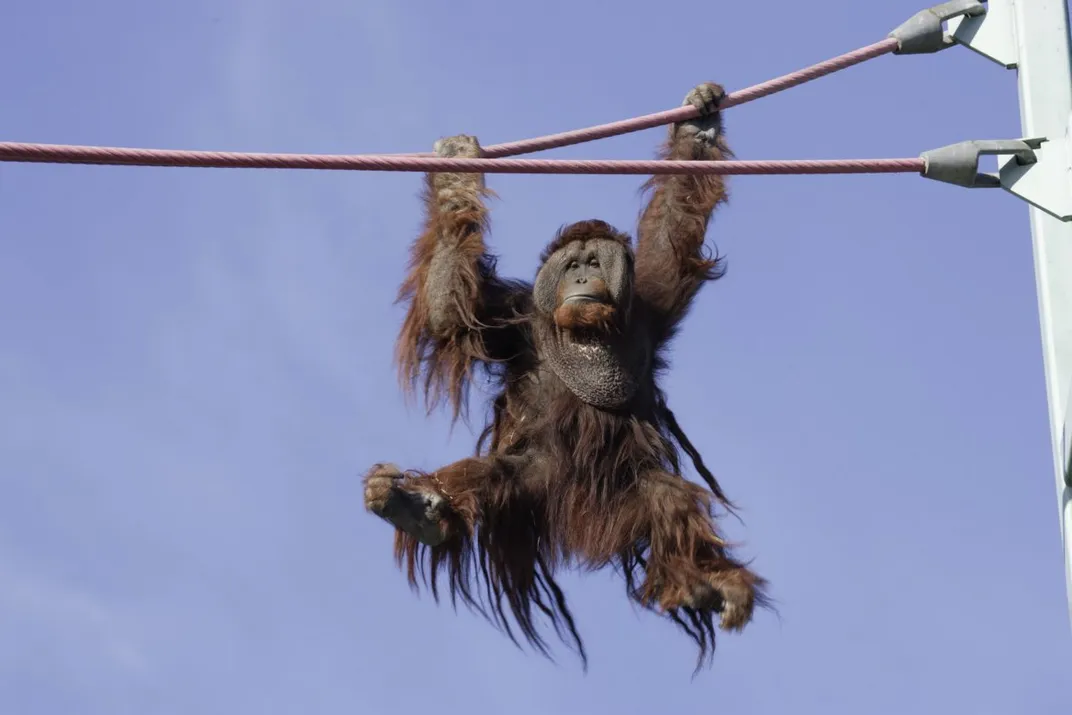
Step 4: Open your exhibit!
One of the Smithsonian National Zoological Park’s recent exhibits is the Jewels of the Appalachia exhibit. This exhibit is in the zoo’s indoor Reptile Discovery Center and showcases animals from the Appalachian Mountains, an area close to the location of the zoo. The exhibit includes the green salamander and long-tailed salamander. Visitors can learn all about salamander biology as well as the threats facing salamanders, such as climate change, pollution and habitat degradation.
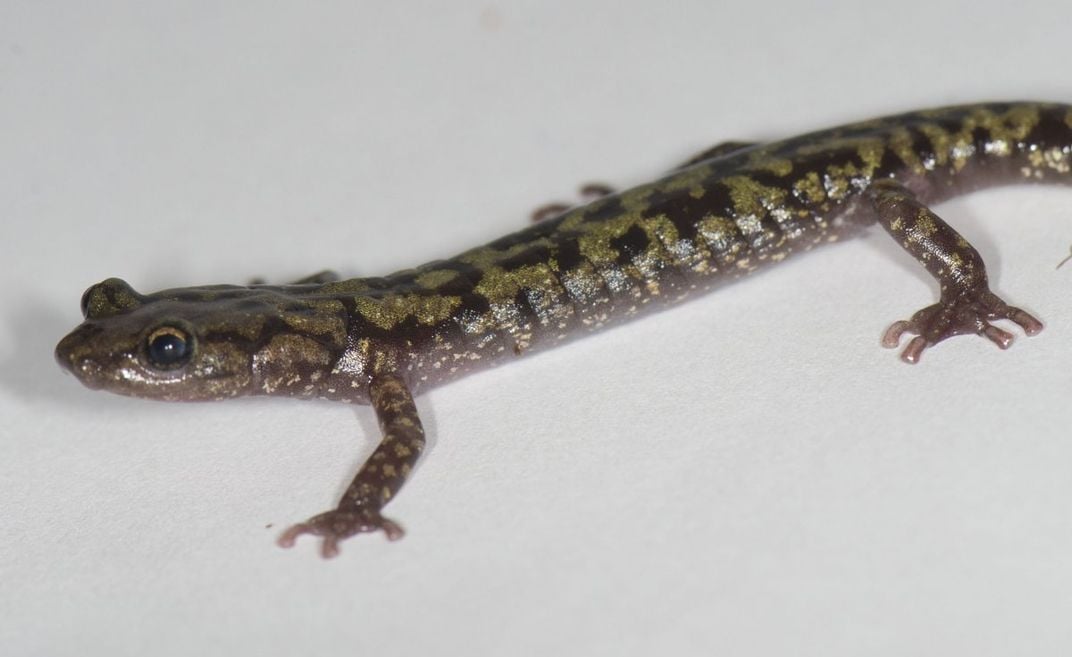
Interested in engineering design? Check out Smithsonian Science for the Classroom to learn more!
References
Carlstead, K., J. Seidensticker, and R. Baldwin. 1991. “Environmental Enrichment for Zoo Bears.” Zoo Biology 10:3-16.
Seidensticker, J., and J. G. Doherty. 1996. “Integrating animal behavior and exhibit design.” In Wild Mammals in Captivity: Principals and Techniques, edited by D Kleiman, M.E. Allen, K.V. Thompson, S. Lumpkin, and H. Harris, 180-190, Chicago: University of Chicago Press.

